Sustainable Events on a Budget: 8 Best Practices
When it comes to sustainable events, going green doesn’t have to mean going over budget. By being strategic and intentional with your planning, you can host eco-friendly programs that are both cost-effective and impactful. In this blog post, we share eight cost-effective strategies to reduce your environmental footprint while keeping your expenses in check, proving that sustainability and affordability can go hand in hand.
Need a refresher on environmentally friendly event planning? Read Event Sustainability 101.
8 Affordable Practices for More Sustainable Events
1. Eliminate Single-use Plastics
Single-use plastics are items designed to be used only once before disposal, accounting for 40% of all plastics per the Plastic Pollution Coalition. Common examples include plastic plates, utensils, straws, and water bottles. Eliminating the use of these items at meetings and events reduces the overall event waste and limits plastic pollution. This is an achievable goal for any event and is often the first step of an organization’s journey to sustainable events.
Instead of providing plastic water bottles at every table, provide reusable glasses that can be refilled at water stations with carafes of water or water coolers. You can also encourage attendees to bring their own reusable water bottles. Similarly, plates and utensils should be washable and reusable. Venues already have reusable glass- and tableware, so opting for these over disposables typically comes at no extra cost. If your event logistics require single-use items, choose biodegradable options over single-use plastic.


2. Reward Carpoolers and Public Transport Riders
Travel is the top source of event emissions, accounting for up to 90% of an event’s environmental footprint. Most of that comes from attendee travel, but carpooling and taking public transportation are both effective ways for attendees to help lower emissions.
Incentivize attendees by offering a reward for those who travel more sustainably. To keep it budget-friendly, focus on rewards that come at no extra cost to you but still offer value to attendees. For example, if your event includes gamification, you can reward them with extra points, or if there are drink vouchers for a reception, offer an extra voucher. Whatever reward you choose, it should appeal to your attendees and align with your brand and objectives.
In order to track who carpools or uses public transportation, make it a required question during registration. If you also collect home zip codes and additional legs of travel—for example, car, then plane, then taxi—you can better estimate the overall travel emissions from your event for reporting and benchmarking. Another option to track sustainable travelers is to ask them to take a selfie en route and show the photo at the registration desk to receive a reward.
3. Go Paperless
Making your meeting or event paper-free diverts waste from landfills. Yes, paper is recyclable, but in the US, more than half still ends up in landfills according to the National Renewable Energy Laboratory, and paper accounts for 26% of total waste at landfills per The World Counts.
Many programs have done away with printed agendas for every attendee and instead include the agenda on a mobile app. Similarly, any handouts for specific sessions or from exhibitors can also be made available on the app. Although there is still a cost to using an event app, they are so multifunctional that the benefits far outweigh the cost. Unlike with print materials, changes can be made throughout the event, even while onsite. There’s also the benefit of gamification in apps. Gamification improves attendee engagement, and attendee engagement in turn improves the event ROI.
These are some of the more common examples of going paperless, but think about every aspect of your program. For example, do you provide gifts to attendees or VIPs? Instead of using wrapping paper, package gifts in reusable bags. While there is a cost to providing reusable bags, you get more bang for your buck as the bag can be considered part of the gift. Plus, you save on the cost of wrapping materials, which can get especially pricy if custom.
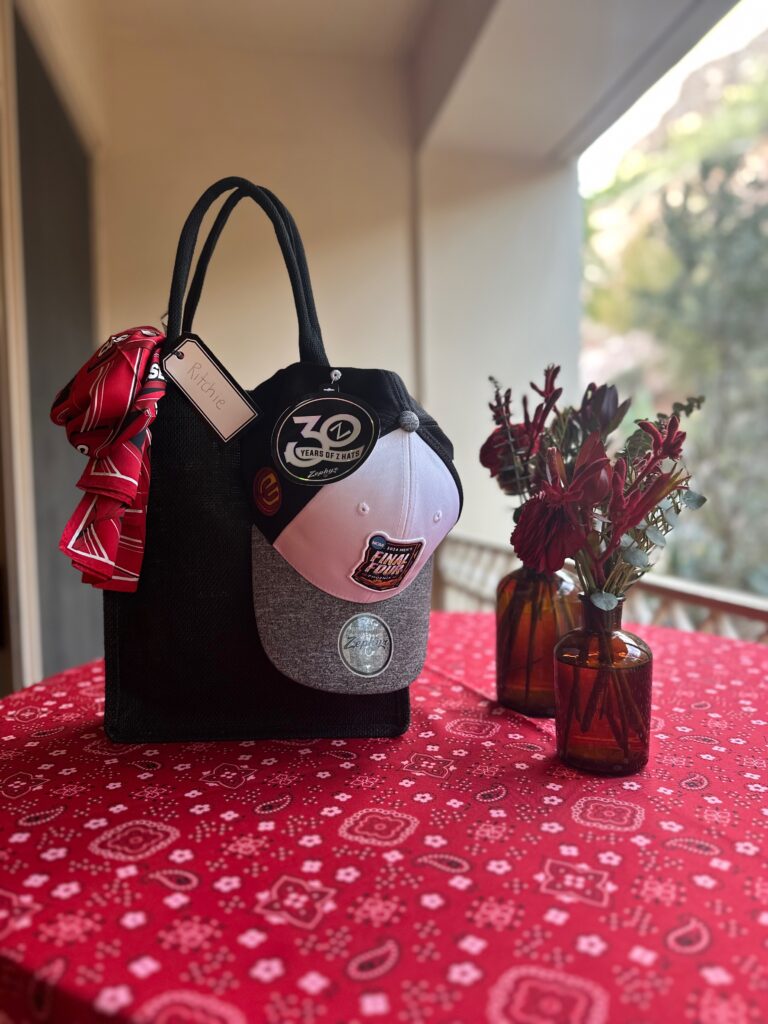
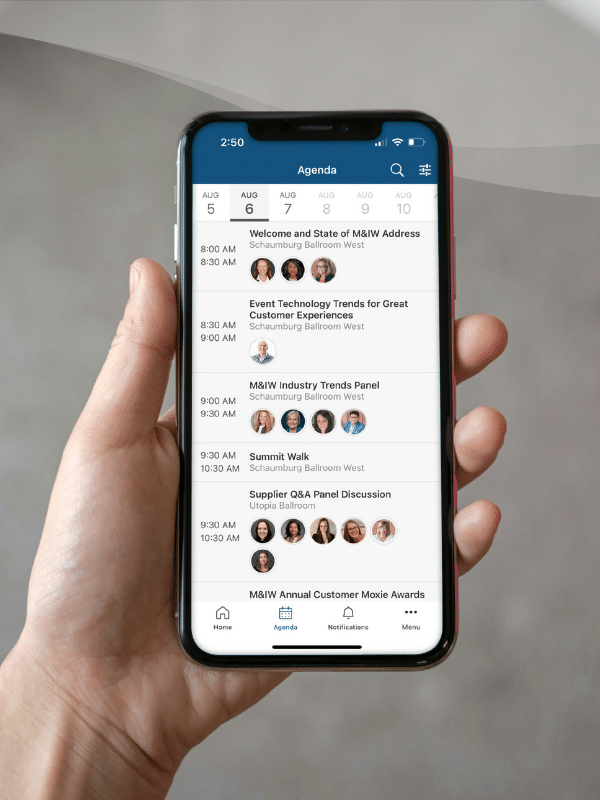
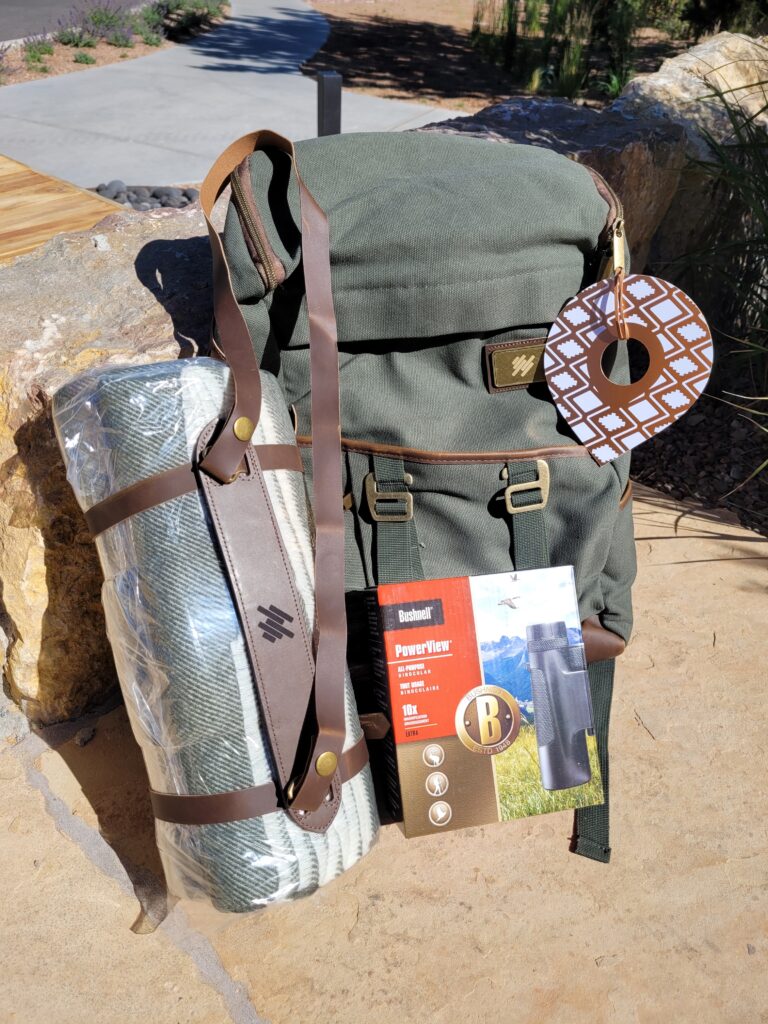
4. Meet Local
Holding your meeting or event at a venue local to all or most attendees saves money by reducing airline costs and makes your program more environmentally friendly by reducing travel emissions.
If not all attendees are local, choose the destination with the most local attendees to reduce air travel as much as possible. You can also consider turning your event into a smaller, regional or state-based series. However, consider the logistics of your program; if there are materials being shipped to every location in the series, it may not be the most sustainable option after all.
Once you’ve chosen a destination, think local regarding venues as well. For example, if your event isn’t at a hotel, choose accommodations within walking distance. Similarly, group dinners or other offsite events should be within walking as well. This allows attendees to see more of the destination, provides an opportunity for fresh air (which is great for attendees’ wellbeing), and means you don’t have to provide shuttle buses between venues.
5. Provide Digital Swag
Digital swag has obvious environmental benefits, but there are also financial benefits. You save on shipping costs, for starters, and also save on the time and staffing costs of managing the logistics. From the attendee perspective, physical swag can be inconvenient to carry around an event, and they can even leave a bad impression if they receive a defective or unhelpful product.
Whether for virtual or in-person events, digital swag is an affordable solution for sustainable events. Examples include:
- E-gift cards for food delivery services, which is especially useful when traveling for an event.
- Downloadable e-books by one of your speakers or about a relevant industry topic.
- Online wellness subscriptions, such as workout classes or meditation apps.
- Promo codes for discounted products or services or for a free demo or trial period.
Just like with physical swag, keep usefulness and accessibility in mind. Digital swag should still be relevant, enticing, and easy to use or access. If going completely digital isn’t an option, consider an online swag shop that allows attendees to choose items they actually want, meaning they’re less likely to end up in landfills.
6. Reuse and Repurpose
Reuse and repurpose décor and signage across your event to maximize your ROI. Seating from a panel discussion in the morning can be reused for a reception in the evening, for example, and flower arrangements from that reception can be saved for décor at breakfast the next day.
Evergreen signage is both sustainable and budget friendly. For one-time events, signs with your company logo instead of your event logo will suffice. Use general terms like “General Session” or even just arrows so the signs can be reused across events, saving on the cost of designing and printing new signs. For annual or repeat events, you can use the event logo, but don’t include the year or specific dates. Removable inserts on signage also makes them easily repurposed. Of course, you can always choose to use digital signage to avoid printing signs altogether!
7. Utilize Hotel Impact Reports
With a spotlight on sustainability worldwide, many hotel brands are stepping up their game and offering environmentally friendly solutions and recommendations for their meetings and events. Some, like Hilton and Marriott, even provide impact reports after the program. Take advantage of their complimentary tools and reports to collect sustainability data at no extra cost.
Hilton’s LightStay ESG management system includes an Event Impact Calculator to estimate the carbon emissions, energy use, water, and waste associated with a meeting or event. You receive both a pre-event forecast—including recommendations to reduce your estimated carbon footprint—and a post-event report with data from your program and information on the hotel’s overall sustainability metrics. View a sample LightStay Meeting Impact Estimate here.
Similarly, Marriott’s Meeting Impact Report calculates the carbon and water footprints of your event and details property-specific sustainable practices. You also have the option to purchase carbon credits to offset your program’s emissions.
8. Donate Unused Food
According to the USDA, an estimated 30%–40% of the food supply in the US goes to waste, ultimately causing more than half of methane emissions from landfills, per the EPA. You can help combat this by donating surplus food after your meetings and events. Surplus food is any food prepared for your program but left unused.
M&IW partners with Copia, a surplus redistribution technology, to facilitate the donation of unused food to local charities and nonprofits. Although there is a cost to this service, which varies based on the amount of food donated, M&IW’s management of the logistics saves you the time and staffing costs of handling such a donation directly.
If food donation is still out of budget, ask the venue to provide recyclable to-go boxes so attendees have the option to enjoy leftover or unused food later. While it’s likely that not all attendees can take advantage of this, especially for breakfasts or lunches where the event continues after the meal, any food saved from a landfill is a win.
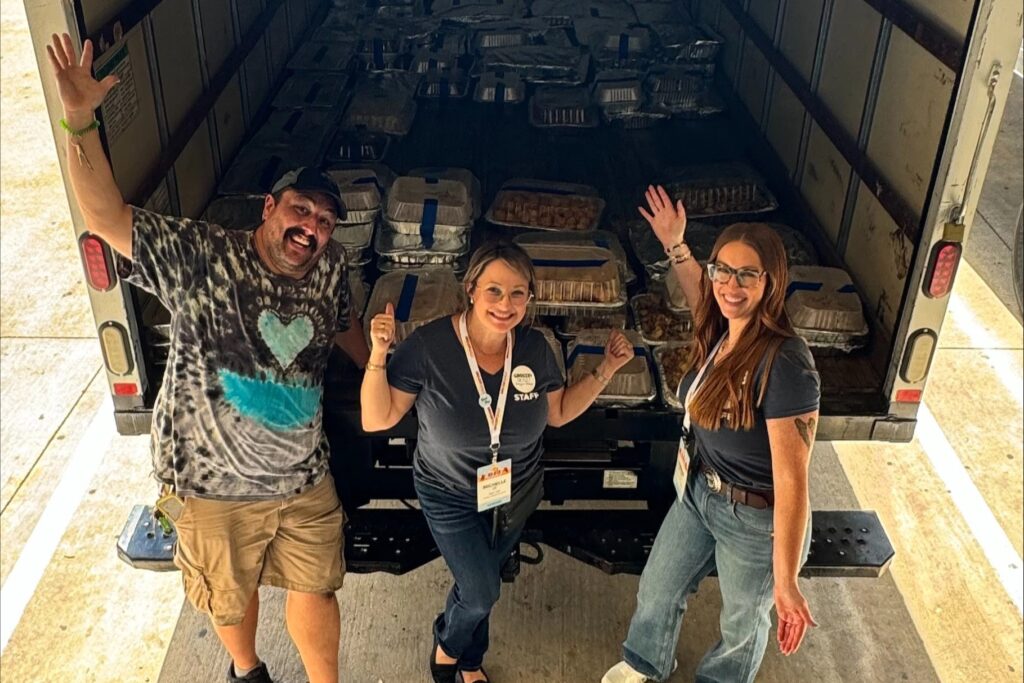
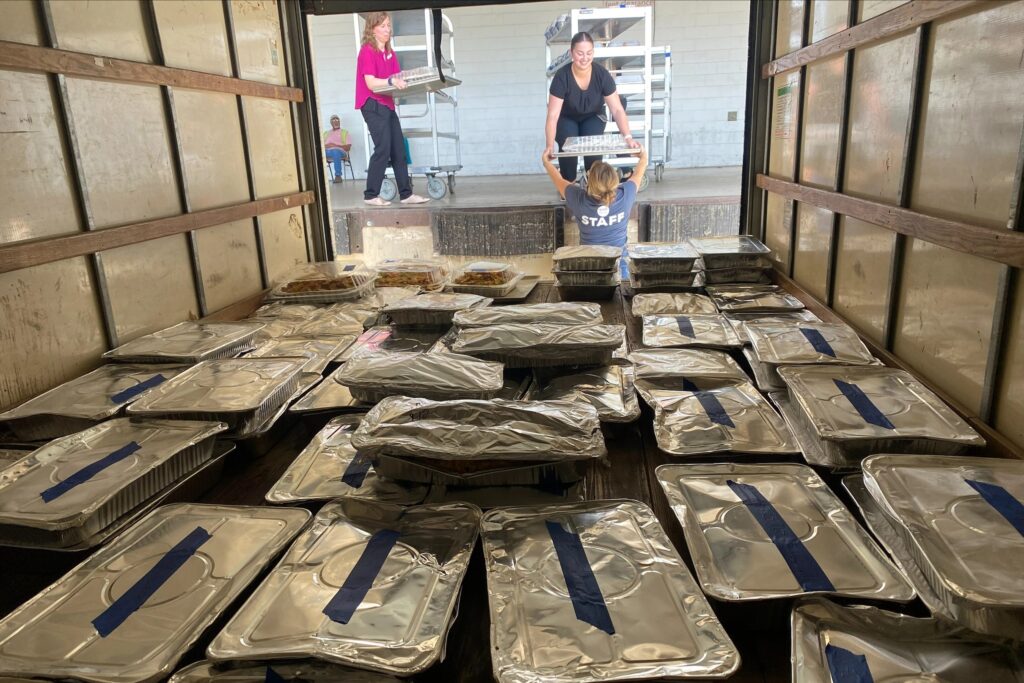
Tell Your Sustainability Story
No matter what sustainable event planning practices you implement, share your story! Communicating the steps you’re taking and your specific goals and outcomes not only keeps you accountable but also raises awareness around the importance of ecofriendly practices and inspires others to take the same approach. Plus, if attendees are aware of your efforts, they’re more likely to contribute through their individual actions—bringing reusable water bottles, for example, or taking extra care to divide their trash and recyclables onsite.
Your event’s sustainability initiatives can be shared on social media, in event emails and other attendee communications, and even during the event with updates during a general session or a breakout session that dives deeper into the actions taken. Once you’ve collected or received the final data, share the outcomes in post-event communications to both celebrate what you accomplished and lay the groundwork for how to improve in the future.
Sustainable Event Planning with Meetings & Incentives Worldwide
No matter your budget, M&IW works with you to make your sustainability dreams a reality. We lead the industry in sustainable meeting and event planning and meet you where you’re at with actionable, impactful solutions. Contact us to get started. Already an M&IW customer? Contact your Customer Success Manager.
To stay up to date on the latest trends and insights in event sustainability, follow us on LinkedIn.


